Rare earth elements have been in the spotlight in recent U.S.-China trade negotiations. Rare earth elements are a group of 17 metallic elements used in a wide array of technologies.
As of 2024, the U.S. depends on imports for about 80% of its domestic demand. About 70% of those imports come directly from China.
China, which dominates the global production of rare earth elements, recently imposed export controls on seven elements, limiting U.S. access.
The lack of rare earth element access forced the United States to the negotiation table, leading to the states easing restrictions on China’s access to advanced data chips.
The Solar Energy Industry Association (SEIA) said the United States remains heavily dependent on China for access to these materials, many of which play important roles in the systems that support clean energy, like battery storage, inverters and grid technologies.
“While the two nations aim to temporarily ease export restrictions, this moment also highlights that America’s long-term energy security depends on building out our own rare earth mining and processing capabilities,” said SEIA in a statement.
SEIA noted that there are no rare earth elements used directly in solar panels. However, they are key components of inverters that convert electricity from DC to AC. It said specifically, yttrium, lanthanum and sometimes cerium oxide are used in ceramic capacitors, and neodymium is used in magnets for internal sensors and fans.
Grid-scale batteries use advanced cooling systems that include neodymium and dysprosium in the magnets that power fans and pumps for cooling. Other elements, like cerium and lanthanum, are used in sensors that monitor and manage battery temperature, said SEIA. It noted that while these elements are used in small amounts, with weights in the grams or milligrams, they remain important for grid-scale battery energy storage.
For grid infrastructure, rare earth elements play a role in sensors and actuators, motorized switches and tap changers, and in smart grid systems, substations and high-performance magnets. SEIA said despite limited applications, rare earth elements play an important role in grid modernization.
“China not only dominates the production of rare earths, but it also controls many of the refining and processing steps needed to turn raw minerals into usable components,” said SEIA. “In fact, even the one active, commercial-scale [rare earth element] mine in the U.S. — Mountain Pass Mine owned by MP Materials in California — still sends some of its output to China for final processing.”
SEIA said the recent trade talks in Stockholm between the United States and China may provide some short-term relief with the eased export restrictions. However, SEIA said the negotiations do not address the “central problem” that the United States lacks a reliable domestic supply chain that includes mining, refining and processing. Without its own supply chain, the United States will remain vulnerable to geopolitical tensions and supply disruptions, it said.
“The Trump administration has already taken steps to mobilize resources and expedite permitting for REE production, but more investment is needed to aggressively scale up,” said SEIA in a statement. “In the meantime, securing access to these materials through a trade agreement is essential to ensure the U.S. can continue manufacturing the technologies that power our electric grid, support national security, and drive economic growth.”
This content is protected by copyright and may not be reused. If you want to cooperate with us and would like to reuse some of our content, please contact: editors@pv-magazine.com.
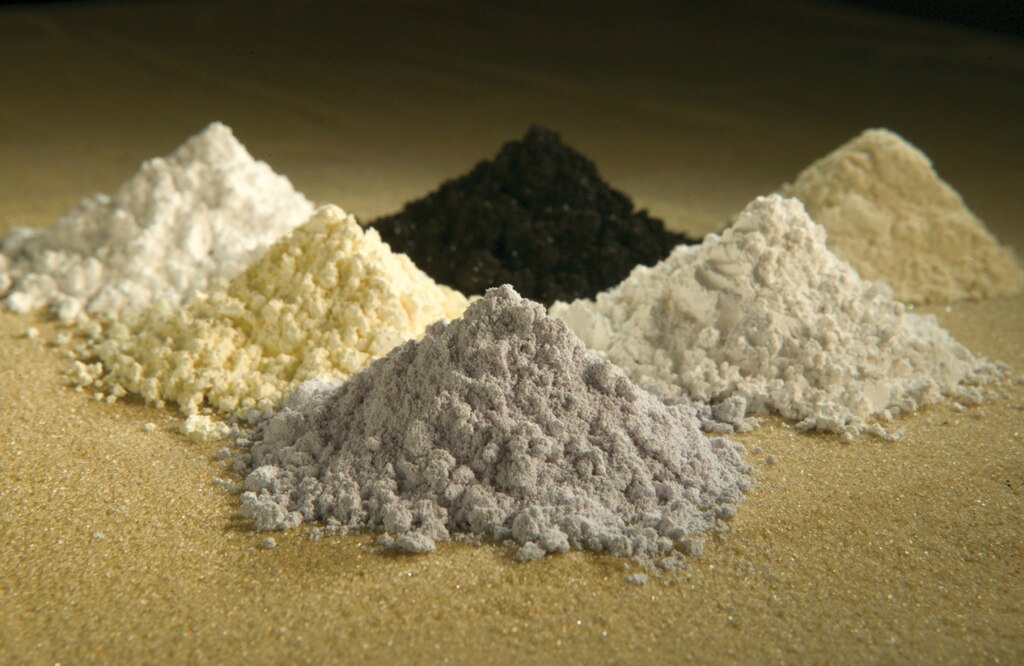
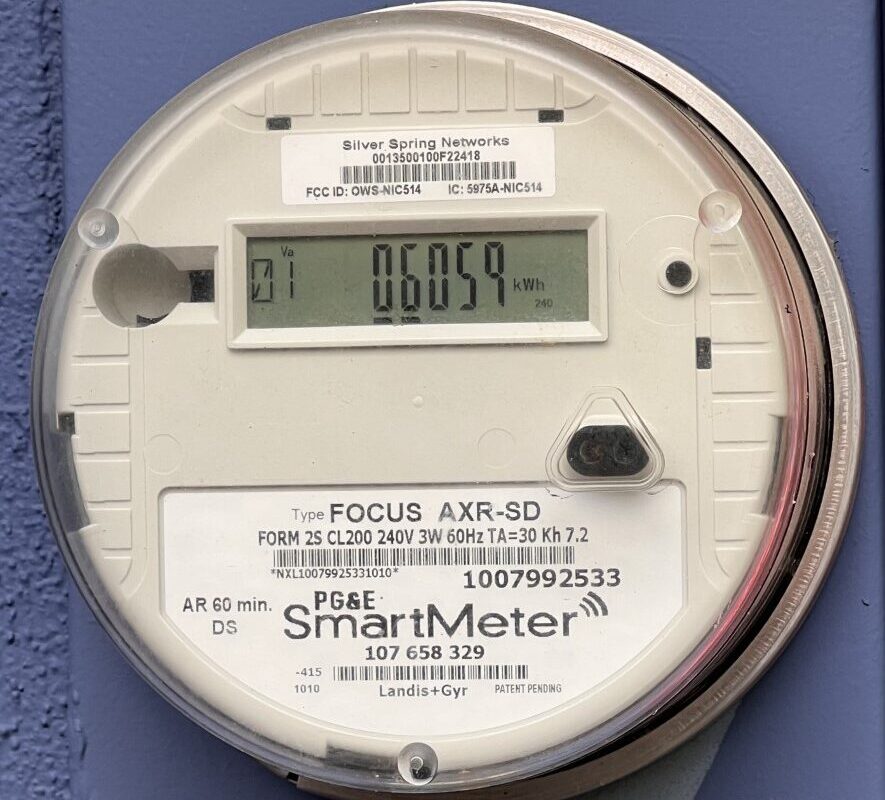


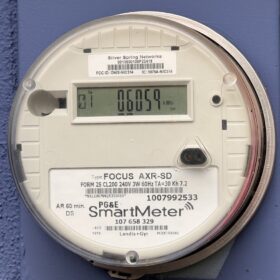
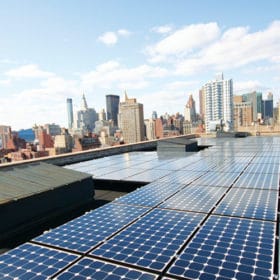
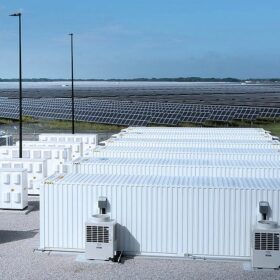


By submitting this form you agree to pv magazine using your data for the purposes of publishing your comment.
Your personal data will only be disclosed or otherwise transmitted to third parties for the purposes of spam filtering or if this is necessary for technical maintenance of the website. Any other transfer to third parties will not take place unless this is justified on the basis of applicable data protection regulations or if pv magazine is legally obliged to do so.
You may revoke this consent at any time with effect for the future, in which case your personal data will be deleted immediately. Otherwise, your data will be deleted if pv magazine has processed your request or the purpose of data storage is fulfilled.
Further information on data privacy can be found in our Data Protection Policy.